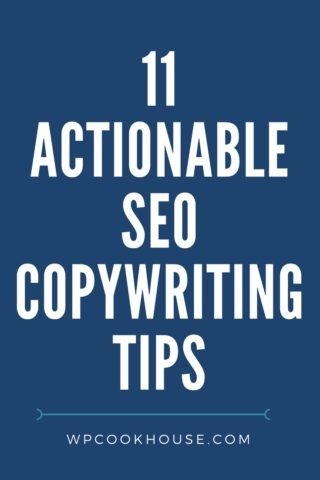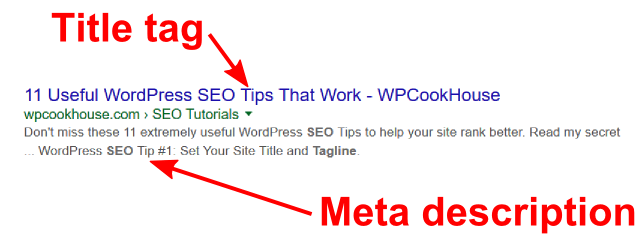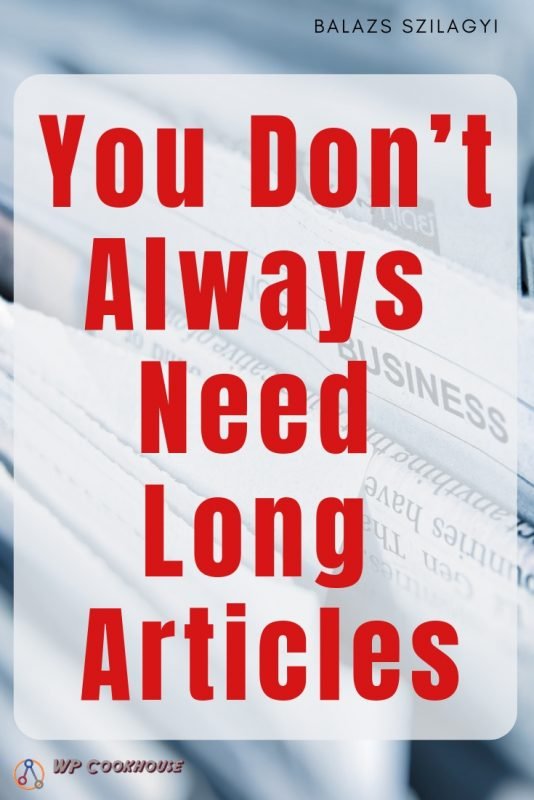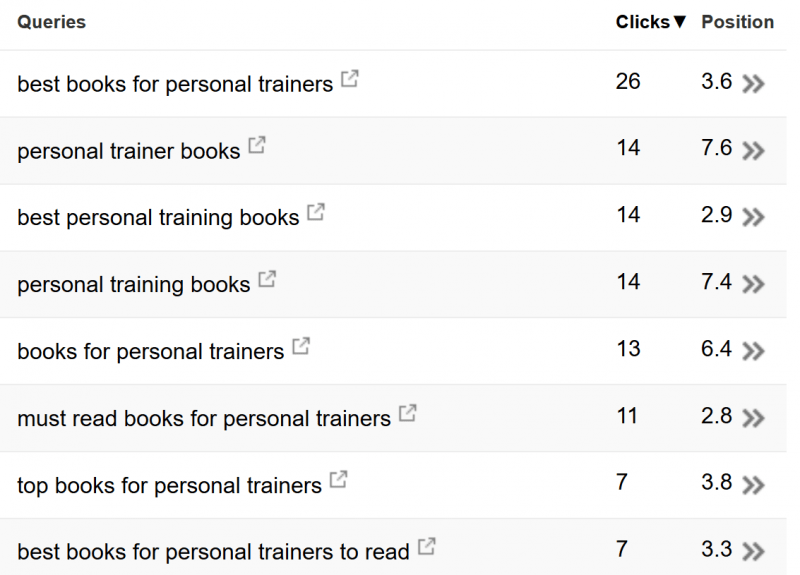SEO Copywriting is a vital yet learnable skill if you want to survive, get more visitors and make online sales in today’s new economy.
SEO Copywriting is the art of presenting your content so that search engines love it, it ranks well for the targeted keyword or keywords and attracts traffic.
Why Is SEO Copywriting So Important For You?
Today we live in a new economy. With the internet you have tons of possibilities to appear in front of other people who want to give you their money in exchange of your products or services.

But you have to use as many tools of this new online economy as you can, so that you, your website or ecommerce store get discovered by enough people. And one of these tools is definitely online search with ever increasing numbers.
Google processes 3.5 billion searches per day, as of May 2016. And yes, people are looking for answers related to your product or service. More importantly they are desperately trying to find your product or service in the search engines.
It is your duty, in order to make more sales and survive in this new economy, to produce online content that gets discovered by people. And to achieve this, one of the easiest methods, one that doesn’t necessarily require any money, is writing content that gets a lot of traffic from the search engines. This is what we call SEO Copywriting.
SEO Copywriting is a learnable skill, and in this article I’m going to show you the 11 most important tricks that you must know and use if you want to create search engine-friendly content.

SEO Copywriting Tip #1: Identify Your Keyword
The very first step, albeit it might sound stupid at first, is defining your target keyword. SEO copywriting without a specific keyword is like going out hunting with no specific idea of what your prey should be, and thus shooting all over the place.

It’s simply not possible to craft a good copy for SEO if you’re not laser-sharp with your keyword prior starting writing your text.
My advice is to go for one article – one keyword at the beginning. Don’t think about synonyms and stuff like that at the beginning. It sounds great, but just like a child first learns to stand up, than they toddle, then learn how to walk before they could learn to run.
Don’t start with running. Once you learn how to write an SEO-friendly article for just one keyword, you’ll ready to study your results for related keywords in Search Console, and than go ahead and write articles for more than one keyword.
SEO Copywriting Tip #2: Craft A Good Headline
You need a good headline, which grabs people’s attention at first sight. This is actually the title tag of your page, which is the very first line your potential visitor sees in the SERPs.
Here are some useful tips for a good and SEO-friendly title tag:
- Be sure it contains your target keyword, if possible at the beginning
- Try to keep it between 55-70 characters long
- Try to use numbers (e.g. 11 SEO Copywiring Tips)
- Make it clikbaity in a good sense. Forget the negative meaning of this word for now. But you do have to grab people’s attention and make them want to click.

SEO Copywriting Tip #3: Sell Your Copy
Just like with any product or service, you have to sell your article first, in order to people click on it from the search results.
This is where meta description comes in place. Together with your title tag, this is what your visitor sees in the search results (see picture above). They make their decision of whether or not click to your site based on the title and the meta description.
Use these tips to write a compelling meta description:
- Make it 120-156 character long
- Make sure to use your keyword
- Again, you need to write a compelling line that just makes people want to click and read your article. Numbers, referring to tips and tricks in the article always works. Use people’s curiosity.
SEO Copywriting Tip #4: Don’t Even Think About Keyword Density
Keyword density is a metric that might have had a high correlation with rankings a few years ago. But search engines became way more sophisticated since, and paying attention to keyword density means you’ll end up wit a text that’s just not written for the reader. And believe me, that’s not what you want when talking about SEO copywriting.
Besides that, keyword density is even hard to measure. Consider these examples:
- What do you compare the occurrence of your keyword to? The number of words in the article? Or the total number of words in the page, including sidebar, footer etc.?
- How do you treat keywords with 2 or even more words?
On the other hand, I have articles ranking in the first position of Google with literally no occurrence of the keyword itself, i.e. 0% keyword density, and also with a very high ratio, above 5%. So forget about keyword density and write instead to please the reader – see my last tip.
SEO Copywriting Tip #5: Use Your Keyword
On the other hand, it is advisable to use your keyword in your text in general, probably more often than you would do it with a normal text. But how can you do it properly?
You’ve been taught that word repetition is bad, and you should avoid it. This is true in some cases, but in my experience following this rule can make online texts unfortunately less enjoyable.

When we write and proofread an online text, we tend to erase the repeated words and/or substitute them with pronouns. This seems the right choice, as going over and over a text we might feel there is too much occurrence of the same word. And this word is generally our main keyword, as this is the main topic of our article.
But this is not how the reader (and search engines) treat our text. In today’s rushing world people tend to scan articles instead of reading, while they have half a dozen other applications open at their computer and their attention everywhere. You do need to re-emphasize the topic in your copy every now and then. And the best method to achieve this is to repeat your keyword in at least every 3rd or 4th paragraph.
When proofreading your copy the next time, don’t try to remove your repeated keywords. Instead try to use them more often, even substitute your keyword for some of the pronouns.
A quick tip: If you find it is difficult to use your main keyword every once in a while, are you sure your article is really about the topic you want to address?

SEO Copywriting Tip #6: You Don’t Always Need Long Articles
There is a tendency nowadays among online marketers teaching you that you need to write long, compelling text in order to rank high. This is just not true, and it’s an oversimplification of SEO copywriting.
What you really need is to give an answer to the reader’s question. Sometimes you do need to have a few thousand words long article (look at this very example on SEO copywriting), but sometimes you’re good even with 100 words.
Let me give you 2 examples
- This article on personal training books is only 407 words long, still ranks #3-4 for “best books for personal trainers” and a bunch of related keywords.

- I have an online English-Hungarian dictionary, and I do rank #1-3 with articles less then 150 words long. Should I worry and start writing unnecessary text just because some gurus say so? Or should I just evaluate the results – number 1 position in Google – and simply use what is working?
SEO Copywriting Tip #7: Use Short Sentences And Paragraphs
Speaking of scanning, using short sentences and short paragraphs helps people to get engaged with your copy.
This doesn’t necessarily means that they’ll love your article. But at least your readers won’t leave your website and go back to the search engine the moment they get to your article. And believe me, this is a big achievement in today’s rushing world!
SEO Copywriting Tip #8: Use Headings
Use headings, subheadings, just like the line above saying SEO Copywriting Tip #8. It is again facilitating scanning your text.
Think about this like making an outline of your article. Just by someone reading your outline, they should be able to have an understanding about your article, and go to the appropriate section that concerns them most.
SEO Copywriting Tip #9: Use Pictures
Use picture to emphasize your message. Use pictures to make your point easier to understand.
You don’t need to use crappy pictures with keyword rich alt text anymore. Just use whatever photo, infographics or even video really makes your article more enjoyable, understandable.

SEO Copywriting Tip #10: Use Links
There are two reasons you want to use links in your SEO targeted articles.
- Linking out to other material (external links) makes your article more complete. It gives the possibility and the choice for the reader to dive deeper into the topic. And search engines seem to love this aspect.
- Linking to other articles on your website (internal links) makes those articles (the ones you are linking to) more worthy for the search engines just by the fact that you are linking to them from a text.
SEO Copywriting Tip #11: Write For Your Readers
All this is much ado about nothing if your main intention is not to write for your readers.
Search engines became very smart lately. It is not about keyword density or using the right words etc. anymore. They have several methods other than just scanning your text for evaluating how appealing your article is.

Answer the following questions and you’ll have guaranteed success with your SEO copywriting:
- What are your readers really looking for, when typing in that specific keyword?
- What do the articles ranking on page one for this keyword have in common?
- What type of text, wording etc. is appropriate for your readers?
What Is Your Advice On SEO Copywriting?
Do you have any advice, tip or experience on how to write great copy for better SEO results? Please share with us in the comments section below.


